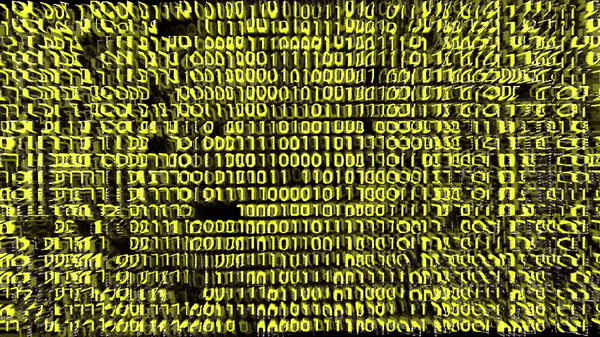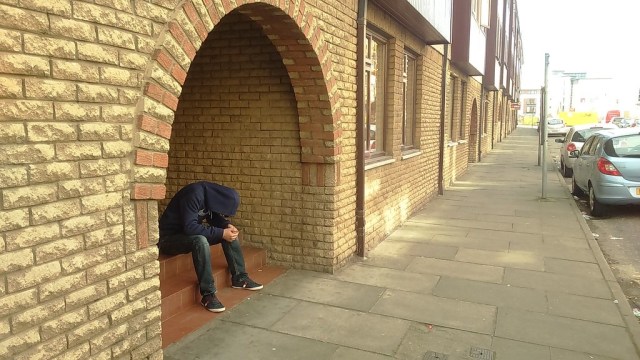Working from home could be ruining your sleep. This light therapy lamp can help.

- Night time artificial light has been shown to suppresses melatonin secretion and disrupt our natural circadian rhythm, negatively impacting our sleep.
- Disruptions to our circadian rhythms potentially damage our psychological, metabolic, and cardiovascular functions.
- The Aura Daylight Lamp can help restore your natural circadian rhythm.
Before the invention of artificial lighting, humans went to bed and woke up to the rhythm of the sun. While the benefits of the Industrial Age are numerous, our sleep patterns have been severely disrupted over the last two centuries. The technological age, with its flood of screens and distractions, has not made things better in that regard.
For those of us chasing a better night’s sleep, though, there is hope.
The Aura Daylight Lamp is a light therapy tool invented by scientists and medical professionals to help restore your natural circadian rhythm and combat symptoms of Seasonal Affective Disorder. Many of us spend our lives indoors, shielded from the health effects of natural lighting. The 10,000 lux of bright light this lamp emits helps us beat the winter blues, circadian sleep disorders, work shift adjustment (like working from home!), daytime energy shifts, and even jet lag. The automatic timer is adjustable in 10-minute shifts so that you can control the amount of lighting you need.
There’s a reason the Aura Daylight Lamp has a 4.4-star rating on Amazon. Pick one up today for only $94.99 and brighten your day.

Prices subject to change.
When you buy something through a link in this article or from our shop, Big Think earns a small commission. Thank you for supporting our team’s work.





